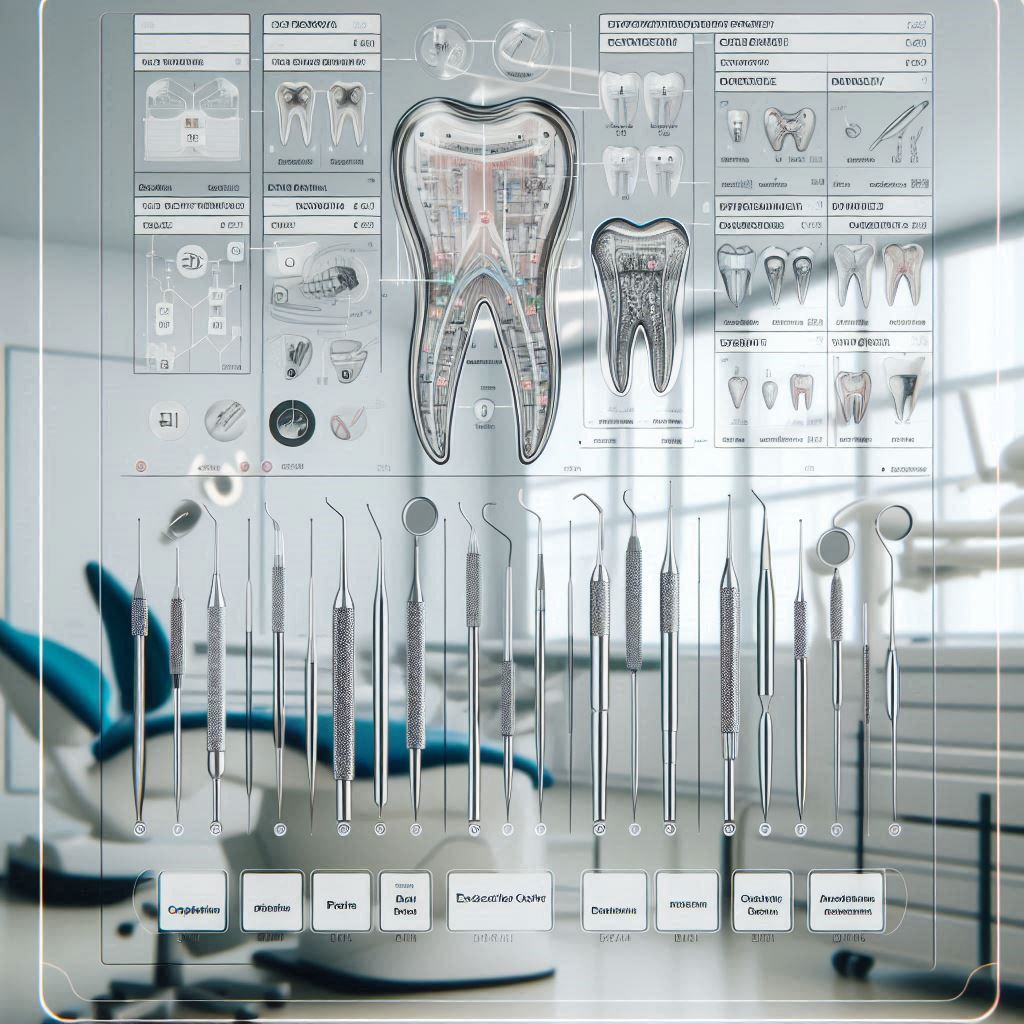dental codes for procedures extraction
Dental procedures, particularly extractions, are common in dental practices worldwide. Whether it’s the removal of a decayed tooth, a failed implant, or a problematic wisdom tooth, these procedures require precise documentation and coding for insurance claims, billing, and record-keeping. Dental codes, also known as Current Dental Terminology (CDT) codes, are essential for standardizing these procedures and ensuring clear communication between dental professionals, insurance companies, and patients.
This article delves into the intricate world of dental codes, focusing specifically on the extraction of teeth, implants, and wisdom teeth. By the end of this guide, you will have a thorough understanding of the relevant codes, their applications, and the importance of accurate coding in dental practice.

2. Dental Codes for Procedures: An Overview
Dental codes are part of the CDT system, maintained by the American Dental Association (ADA). These codes are updated annually to reflect advancements in dental technology and procedures. They are used for:
- Insurance claims and reimbursements
- Patient records and treatment plans
- Statistical analysis and research
Each code consists of a letter (D) followed by four numbers, representing a specific dental procedure. For example, D0140 refers to a limited oral evaluation.
3. Dental Codes for Extraction of Teeth
Tooth extraction is one of the most common dental procedures. It involves the removal of a tooth from its socket in the bone. The complexity of the extraction determines the appropriate code.
Simple Extraction (D7140)
A simple extraction is performed on a tooth that is visible in the mouth and can be removed without surgical intervention. This procedure is typically coded as D7140.
Surgical Extraction (D7210)
A surgical extraction is required when a tooth is not easily accessible, such as when it is broken at the gum line or impacted. This procedure is coded as D7210.
Extraction of Primary Teeth (D7140)
The extraction of primary (baby) teeth is also coded under D7140, similar to simple extractions. However, documentation should specify that the tooth is primary.
4. Dental Codes for Extraction of Implants
Dental implants are a popular solution for missing teeth, but there are instances where an implant may need to be removed.
Removal of Osseointegrated Implants (D6104)
Osseointegrated implants are those that have fused with the jawbone. Their removal is complex and is coded as D6104.
Removal of Failed Implants (D6103)
Failed implants, which may be due to infection or improper placement, are removed using the code D6103.
5. Dental Codes for Extraction of Wisdom Teeth
Wisdom teeth, or third molars, often require extraction due to impaction or misalignment.
Simple Wisdom Tooth Extraction (D7140)
If the wisdom tooth is fully erupted and can be removed without surgery, it is coded as D7140.
Surgical Wisdom Tooth Extraction (D7210)
When the wisdom tooth is partially or fully impacted, surgical extraction is necessary, coded as D7210.
Impacted Wisdom Tooth Extraction (D7230)
For deeply impacted wisdom teeth requiring extensive surgical intervention, the code D7230 is used.
6. Importance of Accurate Coding in Dental Procedures
Accurate dental coding is crucial for:
- Ensuring proper insurance reimbursement
- Maintaining clear patient records
- Avoiding legal and financial complications
7. Common Challenges in Dental Coding
- Misclassification of Procedures: Using the wrong code for a procedure can lead to claim denials.
- Lack of Documentation: Incomplete records can result in coding errors.
- Frequent Updates: Keeping up with annual changes in CDT codes can be challenging.
8. Tips for Efficient Dental Coding
- Stay Updated: Regularly review the latest CDT code updates.
- Document Thoroughly: Ensure all procedures are well-documented.
- Use Software: Leverage dental coding software to minimize errors.
9. Tables: Summary of Dental Codes
| Procedure | CDT Code | Description |
|---|---|---|
| Simple Extraction | D7140 | Removal of an erupted tooth |
| Surgical Extraction | D7210 | Removal of a tooth requiring surgery |
| Removal of Osseointegrated Implant | D6104 | Removal of a fused implant |
| Removal of Failed Implant | D6103 | Removal of a non-fused implant |
| Simple Wisdom Tooth Extraction | D7140 | Removal of an erupted wisdom tooth |
| Surgical Wisdom Tooth Extraction | D7210 | Removal of a partially impacted wisdom tooth |
| Impacted Wisdom Tooth Extraction | D7230 | Removal of a fully impacted wisdom tooth |
10. FAQs
Q1: What is the difference between D7140 and D7210?
A1: D7140 is for simple extractions, while D7210 is for surgical extractions requiring incisions or bone removal.
Q2: Can I use the same code for primary and permanent teeth extractions?
A2: Yes, both are coded as D7140, but documentation should specify the type of tooth.
Q3: How often are CDT codes updated?
A3: CDT codes are updated annually by the ADA.
11. Conclusion
Dental codes play a vital role in the efficient functioning of dental practices. Understanding the specific codes for tooth, implant, and wisdom tooth extractions ensures accurate billing, proper insurance claims, and clear patient records. By staying updated and documenting thoroughly, dental professionals can navigate the complexities of dental coding with ease.
12. Additional Resources
- American Dental Association (ADA) CDT Codes
- Dental Coding Software Solutions
- Guide to Dental Insurance Claims


